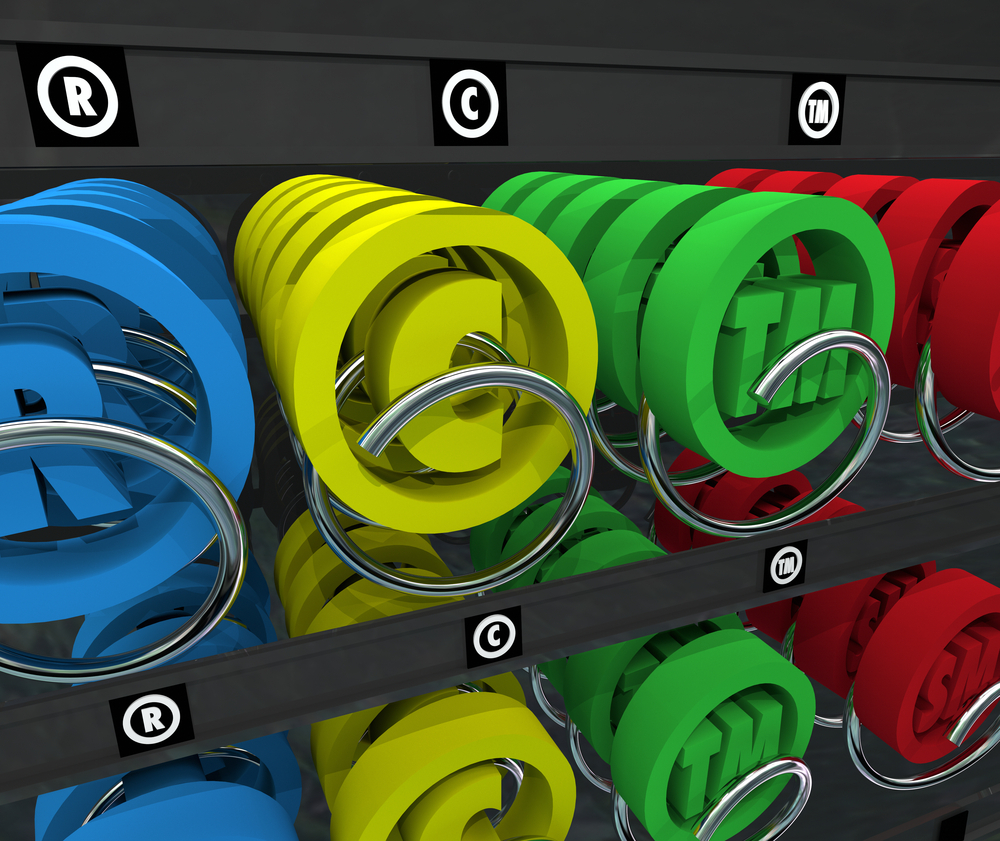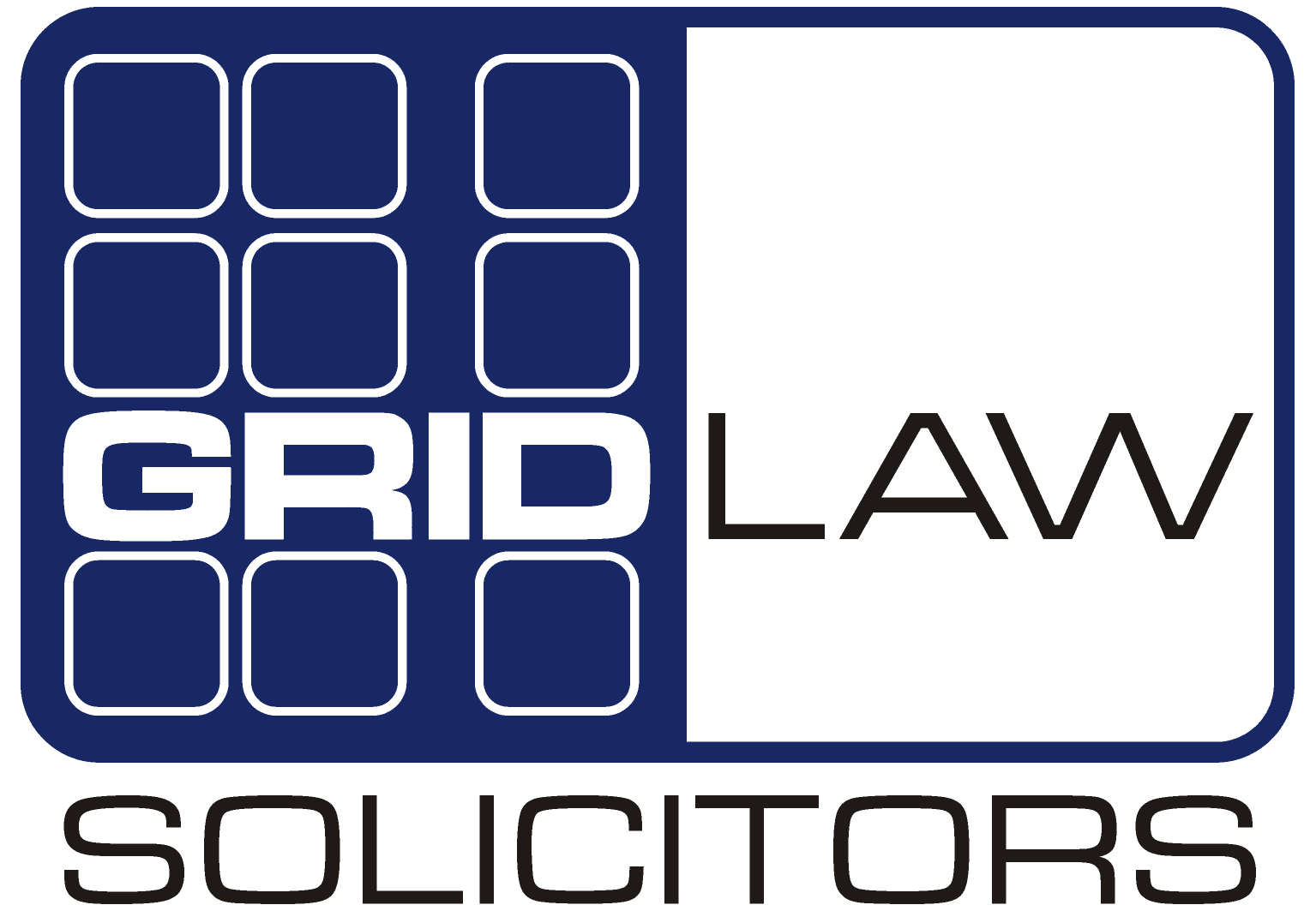
Registering a trade mark in the UK is relatively straight forward, but there can be a few hurdles for the unwary.
So, in this article, I’m going to share some tips to ensure your application progresses as smoothly as possible.
Starting the application
You can apply for a trade mark via the Intellectual Property Office website. Just log on, follow the links to the trade mark section and then click on “Apply to register a trade mark”. (Please click here for a short cut to it.)
It’s still possible to complete a paper form and post it to the Intellectual Property Office, if that’s what you prefer. But, in my opinion, the quickest and easiest way to apply is online. It’s cheaper too as you pay lower application fees!
The online application takes you through a series of questions which you must complete.
It starts by asking you who the owner of the trademark will be. This could be you personally, or it could be your company.
Then, you say what the trademark actually is. In most cases this will be a name, logo or strapline but there are other options too. For example, if the shape of your product or its packaging is distinctive this could be registered too. (Think, for example, of the shape of a Toblerone bar or a Coca-Cola bottle. These are both registered trade marks.)
Next, you need to list all of the goods and services that you want protection for, because a trade mark doesn’t automatically cover everything.
The Intellectual Property Office provides a list of standard terms to choose from. These terms are divided into 45 different classes so that similar goods and services can be grouped together. Alternatively, if your goods and services don’t fit within the standard descriptions, you can specify your own.
When you have answered all the questions and completed the application, you pay a fee. The amount you pay depends on the number of classes of goods and services you have applied to register your trade mark in.
Then, you wait.
The registration process
Being granted a trade mark gives you the exclusive right to use it in relation to the goods and services you have applied for. This means you can stop other people using either the same trade mark or something confusingly similar to it.
So, it’s a powerful right to have.
Registration doesn’t happen immediately because first, your application will be examined by an officer at the Intellectual Property Office. They will ensure that your proposed trade mark fulfils the strict requirements for registration. If it doesn’t, your application will be rejected and won’t proceed to the next stage.
If it does, it will then be advertised in the Trade Marks Journal for a period of two months. During this time, people can oppose your application if they believe it doesn’t fulfil the requirements of being a trade mark (which is rare if an officer at the IPO has already approved it) or they think that it conflicts with a pre-existing trade mark.
After two months, if there have been no oppositions to your application, your trade mark will be registered. If there are oppositions you will have to follow the Intellectual Property Office’s procedure for dealing with them, which is a bit like defending a court case (but not so formal).
How to give your trade mark the best chance of being registered
To give your application the best chance of progressing smoothly and not being opposed, there are a few things you should know or think about in advance.
Is your trade mark registerable?
There are strict requirements that must be satisfied if a trade mark is to be registered and not all brands fulfil these.
Most importantly, and in my experience the most common reason why trade mark applications are rejected, is that the trade mark is not distinctive enough. Instead, it’s descriptive of what the business does or of the products and services it’s applied to.
If a brand is not distinctive, it cannot distinguish the goods and services of one business from those of another, and remember, that’s its primary purpose. When someone sees your brand / trade mark you want them to immediately think of you.
So, before making your application, make sure that your proposed trade mark is distinctive and not descriptive of what you do.
Are there any pre-existing trademarks that might conflict with your application?
Assuming that your proposed trade mark fulfils the requirements for registration, you should then check that there are no pre-existing trade marks that are likely to conflict with yours.
Remember, once registered, a trade mark gives you exclusivity. This means you have the right to take legal action against anyone infringing your trade mark, i.e., you can stop anyone using it or something confusingly similar to it, without your permission. You can also oppose any new applications that you think will conflict with your trade mark and dilute the exclusive rights you have.
So, anyone with a pre-existing trade mark can do the same to you.
To avoid this happening, you should carry out a search for any pre-existing trade marks that may conflict with your application. The Intellectual Property Office has a database of all existing UK trade marks which you can search online, for free.
If you find a pre-existing trade mark that’s likely to conflict with yours, you can make the necessary changes to your branding so that it’s unique to you and won’t be opposed.
Please don’t take a chance on this and start trading with a brand that is too similar to a pre-existing trade mark. If you do, you can be forced to rebrand and risk having to pay compensation to the owner of the trade mark. I explain more about how this can happen in this case study about a dispute between Nando’s and a local chicken restaurant called Fernando’s. Please click here to read more.
What goods and services do you want protection for?
Now, assuming that your trade mark fulfils the requirements for registration and there are no pre-existing trade marks that are likely to conflict with it, you need to decide what goods and services you want protection for.
This is important because trade marks don’t automatically cover everything.
In your application, you need to specify what goods and services you intend to use your trade mark for. This is a process known as “classification”.
As explained above, there are 45 classes to choose from and within those classes you need to describe what the products and services are.
Depending on what your business does, you can either choose a wide or narrow classification. For example, if you sell clothing you would apply to register your trade mark in class 25. You could then either choose a wide description such as “clothing, footwear and headgear” or a narrow description such as “fancy dress costumes”.
Getting the classification right is very important because if you don’t, your trade mark could be worthless. If your classification is too narrow you may not have enough protection, and then you will struggle to defend your trade marks against infringement. However, if you go too wide you could risk having your trade mark cancelled if you do not use it for all the goods and services you apply for.
It can be difficult to achieve the right balance as can be seen from this case study. This shows how McDonald’s lost one of their “Big Mac” trade marks because it wasn’t used for all the services it was registered for.
Final thoughts
As much as the application process is straight forward, the “devil is in the detail”. You need to be careful to ensure that you get the protection you need without going too far and putting your trade mark at risk of cancellation.
If you need any help with this, please feel free to ask.
Alternatively, you may be interested in my Brand Protection Toolkit. This takes you step-by-step through the process of protecting your brand by registering it as a trade mark. This toolkit has been written by me to make the process as easy to follow as possible. It also covers important issues such as trade mark searching and classification in much more detail than I can here.
If you would like some more details about the toolkit, please click here.
If you’re still in two minds about whether or not to register your brand as a trade mark, you may be interested in this article “Do I need to trademark my brand?”
If there are several elements of your brand that you would like to protect (so, for example, names and logos) you may be interested in this article “A brand protection strategy for small businesses”. This will explain how to obtain the best protection for your brand in the most cost effective manner.
If you have any questions about trademarks, please feel free to email me at dwalker@gridlaw.com.

